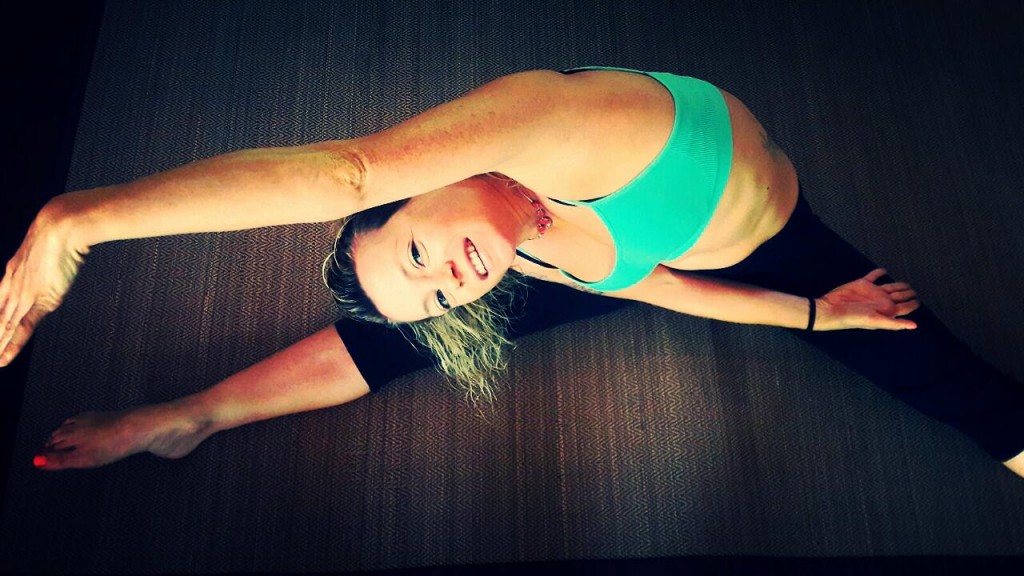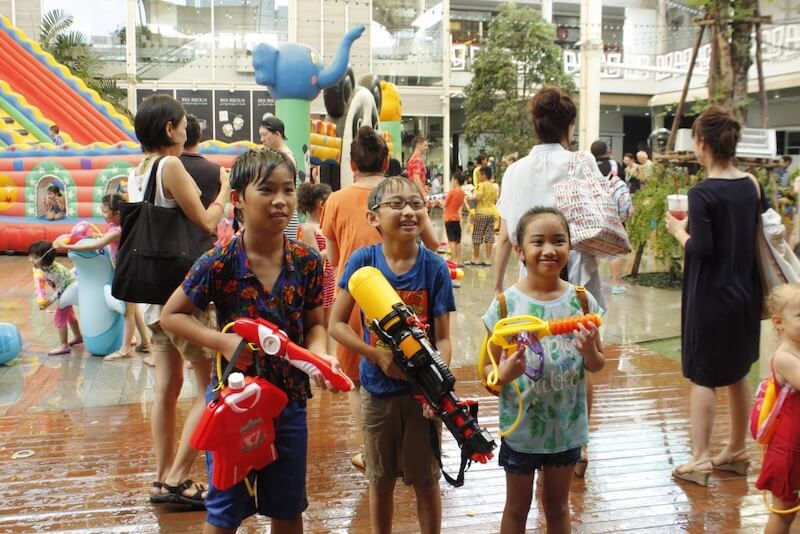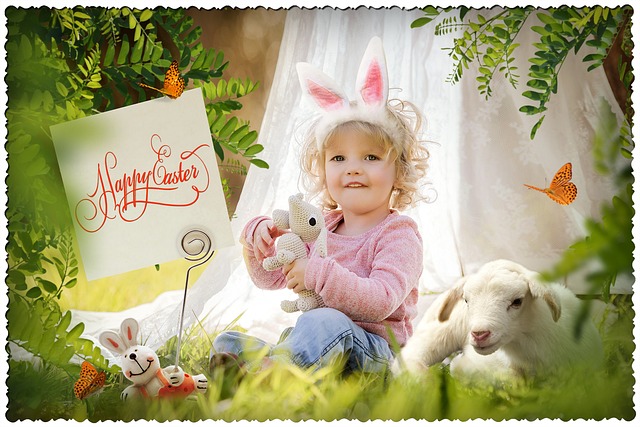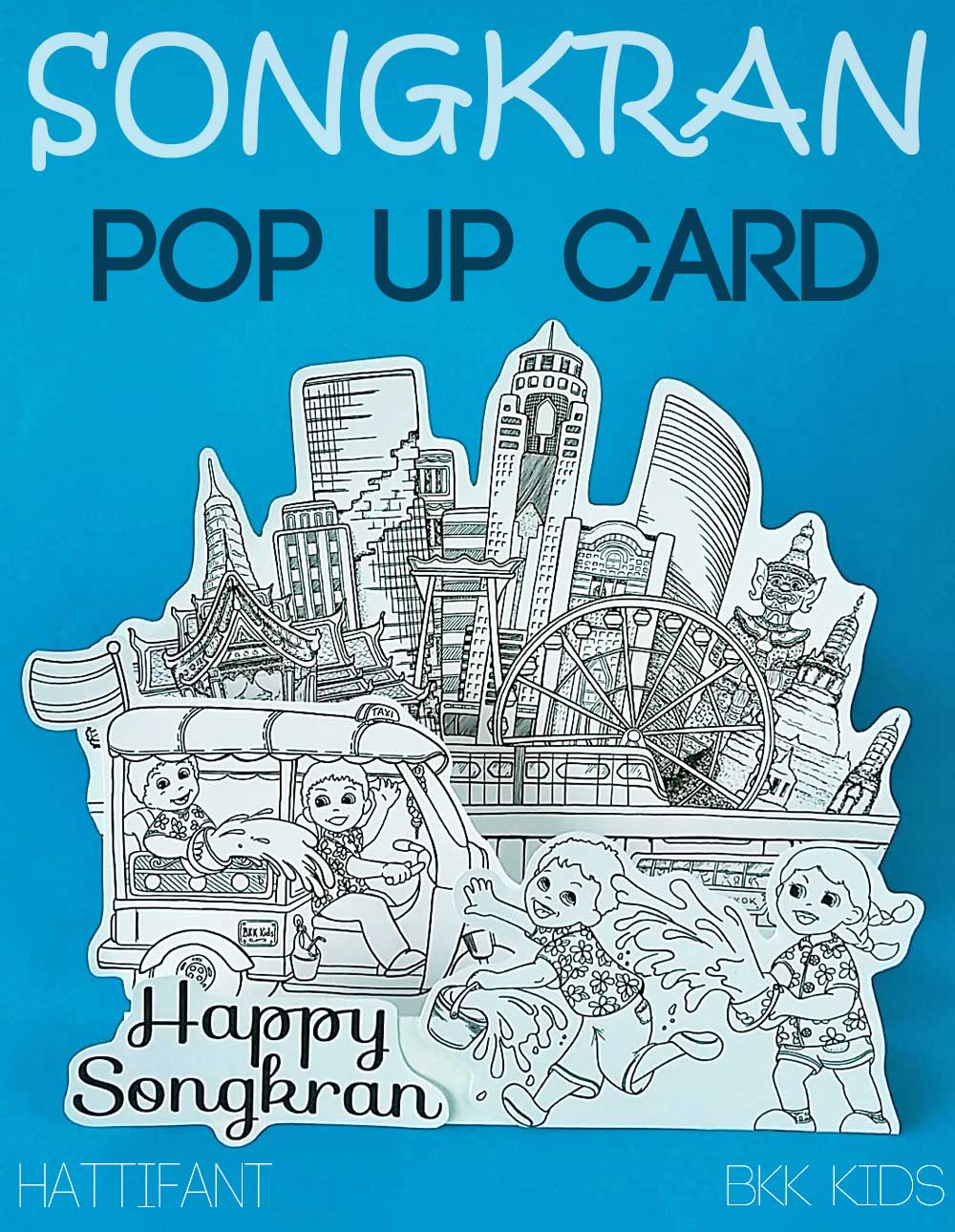Your Name: Paola Fantinato
Job Title: Artistic Gymnastics Coach
What is your nationality and background?
I was born and raised in Italy, where I graduated with a university degree in Geology. My father has been a track and field coach for most of his life, training both young athletes and accomplished ones. His love for sports, first, has inspired me as a competing gymnast since the age of 6, and later spurred me to follow his footsteps, and become a coach myself.
What is your profession?
I graduated as Artistic Gymnastics Coach from the Italian Gymnastics Federation, and have coached kids for the past seven years. Today I teach artistic and acrobatic gymnastics to children from 4 to 10 years of age.
What are the key skills and responsibilities of this role?
My main skill is to teach small children to develop awareness and command of their movements and bodily coordination, through playing and other motion related exercises that foster their psycho-motorial activity and sensorial abilities.
How did you get involved in your profession?
After I stopped competing, I continued training as an amateur. At some point I begun to help my coach with his classes, and followed his advice to enrol in a teaching course offered by the Italian Gymnastics Federation. I have taught since then.
How does your role enhance the wellbeing or experience of children?
I am convinced that my role as a teacher is key to enhancing the wellbeing and experience of children. Gymnastics is one of the most complete physical activities, which allows every part of the body to develop harmoniously, in the most natural way.
These are some very good reasons why I believe that gymnastics can benefit children:
- For the first time in their lives, small children become aware of their own body, how to move it in space in a coordinated way, and they gain total control of even the smallest of movements.
- Artistic gymnastics is not only a sport, but also a form of discipline, through which kids learn perseverance, and the respect of rules.
- With a competitive approach, children learn the value of working hard to achieve results, going beyond their limits, or learning to accept them.
- As a team of young gymnasts, kids, and especially boys, are taught the values of a group effort, to respect the teammates, to support each other for the good of the team, and produce results that go beyond the abilities of the individual.
What challenges do your face in this role?
Speaking of group sessions, since I work mostly with small children, usually up to 8 years of age, the most difficult challenge is to tailor my teaching methods to each child’s different natural ability, and be able to enhance each one’s individual skills and contribute to the development of their self-esteem.
As a teacher, I feel that one of my main responsibilities is developing empathy with children. I strongly believe that any technical aspect of my teaching should take second place to creating a sense of trust with my pupils, to help them overcome the challenges of learning complex body movements.
What do you hope to achieve within your industry?
As for my personal goals, I would love to give my personal contribution to making gymnastics, artistic and acrobatic in particular, an integral part of children’s physical curriculum at all school levels, both during the regular school year, and in the off-periods, with summer camps and other recreational moments.
Who or what inspires you?
My father!
Only a Bangkok local would know…
A very famous Italian writer, photographer, traveller and philosopher, Tiziano Terzani, lived in Bangkok for several years, in what he called the “Turtle House”. This small wooden house, with a beautiful garden and large pond (where the turtle lived) is hidden between high condos in Sukhumvit Soi 39. It’s a place full of peace and good vibrations, little known even to Bangkokians, but very relevant to all Italians travelling through the city.
For more information, please email gymnastics.bkk@gmail.com.
Register your email address here and we’ll notify you when a new article gets uploaded.














